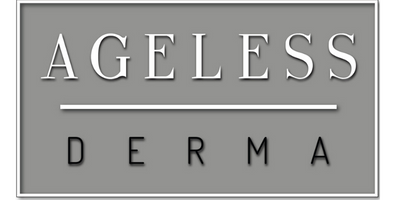Eye Cream-anti-wrinkle cream
The Goodies and Baddies of Anti-Aging
Everyone wants to take good care of their skin and keep it looking fresh and young, but with all the crazy results that beauty companies claim these days – “One application of this, and you’ll look 20 years younger!” – it makes sense to be a little suspicious of what goes in the creams we rub onto our faces each day. As chemicals that are put on the skin are absorbed into the bloodstream faster than if they were eaten, the things that are in our face creams can be more toxic for our body than our food, yet the cosmetics industry is unregulated in the U.S.
While some anti-wrinkle creams and eye-creams can provide great benefits, others contain ingredients that will actually increase the appearance of aging and even make you more susceptible to cancer.
When shopping for an excellent face or eye cream, here are some things to look out for, and some things to avoid.
The Good Stuff:
Ceramides: These fatty molecules are found in the top layer of the skin and help to keep it hydrated. Creams that contain this stuff will do an excellent job of moisturizing and protecting worn-out skin.
Coenzyme Q10: Don’t let the number in the name put you off. This is an antioxidant that occurs naturally in the skin, but the amount in our bodies decreases as we age. Anti-wrinkle cream containing this stuff will help to neutralize the free radicals that cause aging and can boost skin repair.
Cucumber: Not only does this vegetable appear in eye-cream to reduce dark circles and puffiness around the eyes, but it also softens your skin and provides you with vitamin A to help reduce wrinkles.
Hyaluronic Acid: Human skin contains tons of this protein, but as we age, we produce less and less, leading our skin to become dry and wrinkly. Creams that contain hyaluronic acid draw moisture from the air and speed up the rejuvenation of damaged skin cells, making it the perfect ingredient for anti-wrinkle creams and eye-creams that fight dark circles.
Vitamin A: This vitamin improves wrinkles and keeps the skin looking smooth and young.
Vitamin C: This vitamin he skin supple by encouraging collagen production. It also protects the skin from sun damage.
The Bad Stuff:
Alpha Hydroxy Acid: This ingredient is intended to exfoliate the skin, but it also destroys important skin cells, leaving your face more susceptible to damage, particularly from UV light.
Liquid Paraffin: Also known as Mineral Oil, this stuff clogs pores and prevents the skin from getting rid of toxics, which can actually lead to premature aging.
Octyl Stearate: This is used as a thickener in anti-wrinkle and eye-creams, but it clogs pores and makes your skin more sensitive to the sun, which will increase, and not decrease, the appearance of aging.
Parabens: These are used as preservatives in many products, but they are also hormone mimics and are possibly carcinogenic. They can be difficult to avoid, as most companies put it in their products, but try to avoid it if possible.
Sodium Lauryl Sulfate: This can damage both your skin and your eyes. It dries up your skin and can be absorbed to build up in heart, liver and lungs, and some researchers believe that this chemical is connected to breast cancer.
Effective Eye Cream for wrinkles eye and Dark Circles Under Eyes
